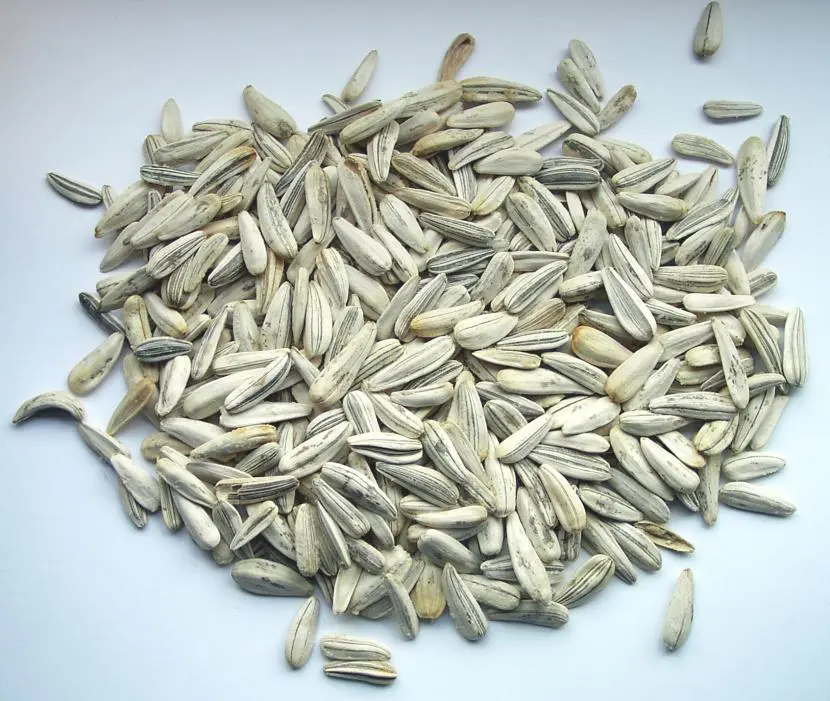Having trouble getting your seeds to germinate? If this is the case, don’t worry! This time I am going to reveal a few tricks that will help (or, rather, help) your seeds to germinate. And it is that the beginning of the life of a plant is not always easy, and the dangers do not end once it sprouts… but, rather, they are just beginning.
You can help, not only to wake up the seeds, but also to get the seedlings off to a good start .
Seeds

In order for your seeds to germinate, it is very important that, as far as possible, fresh seeds are collected , not too ripe but not green either. In summary: if we see that some have fallen to the ground, but there are still some on the plant, we will take the latter. If you don’t know if they will work and you can’t go back to that place, depending on the species and the season you are in, you can always take some and let them mature in a dry place, in direct sunlight. In the event that they are gifts or purchased seeds, if there is the presence of fungi, or they have a blackened part, it is most likely that they will no longer germinate.
Still, for all those that fall into your hands, put them in a glass of water . The ones that sink will be the ones that have the best chance of sprouting. Those that float are usually discarded, but if you have room and feel like it, you can plant them in a separate seedbed to see. You may be in for a pleasant surprise.
Germination methods

Sometimes we have to do some pre-germinative treatment to the seed, which consists of imitating nature to try to wake up the embryo that is inside . There are mainly two treatments: thermal shock and scarification.
- Thermal shock : consists of introducing the seed into a glass of boiling water for 1 second, and then immediately transferring it to a glass of water at room temperature for 24 hours. This is ideal for seeds with very hard shells, such as trees of the genus Acacia, Albizia, Gleditsia.
- Scarification : with sandpaper, the seed is scarified a little. We can do this with pine seeds, or with those of Delonix, among others.
Two methods of germination are mainly used in home gardening: sowing in cotton or in a pot . You can also use Jiffy pills or any recycled material (plastic cups, tupperware,… anything you can think of). If the environment in your area is dry, it is advisable that, as you can see in the photo, you put a glass or a transparent bottle in each seedbed. If you live on an island, near the sea or in a humid environment, this is not necessary; in fact, it could be harmful since the dreaded fungi could appear, which could seriously endanger the seed or the seedling.
Only perlite (or any other material that facilitates drainage) can be used as a substrate. With this you will avoid fungi (although it is worth preventing with an ecological fungicide, such as copper), and thanks to regular fertilizers, you will have a plant that will grow healthy, and above all fast. From the second year you can pass it to peat without problems .

